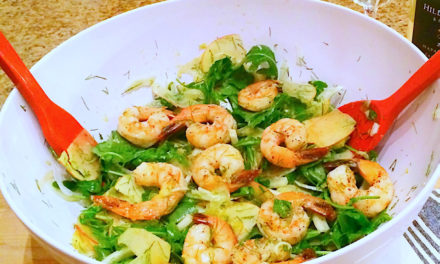If you aren’t careful, you can begin to live on autopilot with food, basing decisions about what to eat strictly on nutritional content, food rules, or daily routines rather than what sounds and feels good. You can also slip into using external factors like measurements, diet plans, points, or the amount everyone else is eating rather than physiological hunger and fullness cues to determine how much to eat.
Can you remember a time in your life when you were hungry and got exactly what you wanted? These experiences are so delicious and satisfying! In “Beyond the Shadow of a Diet,” authors Judith Matz and Ellen Frankel describe the ability to identify what you are hungry for when physiological hunger occurs as “making a match.” Start making matches again with these seven strategies…
(1) Take note of the 3 T’s. What taste (salty, sweet, spicy, savory), temperature (hot, cold, room temperature), and texture (crunchy, soft, creamy, chewy) sound best?
(2) Study your other senses. In addition to the taste and feel of food, consider aromas that always tend to whet your appetite. What dishes have caught your eye online, in magazines, or at restaurants?
(3) Be mindful of memories. What were your favorite childhood dishes? What are some of the most memorable meals you’ve eaten? Recreate them!
(4) Choose quality over quantity. With nutritional information printed on many restaurant menus and countless diet products on grocery aisles, it can be difficult to make the tastiest choice if the option you’re eyeing is higher in calories. Unfortunately, many people fall into ordering only the lowest calorie dishes so they can finish it all. Consider giving yourself permission to experiment with leaving some food on the plate or taking a to-go box with leftovers. By choosing what you truly want to eat, avoiding “diet food” and savoring your selection, satisfaction can often be achieved with less food and without the urge for a “do-over” later.
(5) Be finished with food rules. Stop labeling foods as junk, bad, fattening, indulgent, or sinful and start taking inventory of your forbidden foods. From there, construct a plan to reintroduce them into a regular eating pattern.
(6) Give yourself options at the ready. Plan meals and shop for ingredients in advance, giving yourself flexible structure to choose which day each one is served based on what sounds best. Take it to the next level by stocking the freezer with heat-and-eat options.
(7) Create a list of “Keepers.” When you’re still drawing a blank on appetizing meal ideas, read through your list of favorite restaurants or recipes to see if anything might hit the spot.
Health and enjoyment are not mutually exclusive. If eating is no longer satisfying and your choices are fueled only by routine, rigidity, and healthfulness, it’s time to start making matches again by adding a little more “Vitamin P” (aka pleasure) to your eating!







